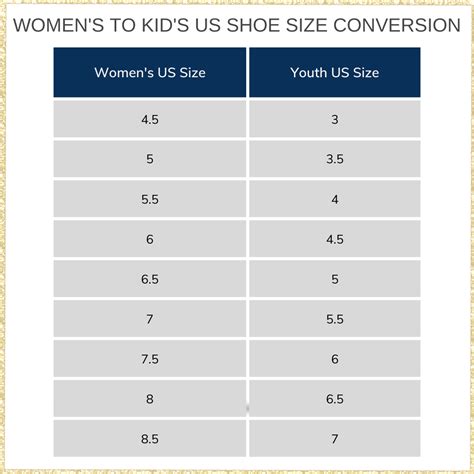5 Tips All Terrain Boots

When venturing into the great outdoors, having the right footwear can make all the difference between a successful, enjoyable excursion and a frustrating, potentially dangerous one. All-terrain boots are designed to handle a wide range of conditions and environments, from rugged mountain trails to dense, wet forests, and even the unpredictable landscapes of desserts and swamplands. These boots are engineered to provide the necessary support, protection, and traction to navigate varied and challenging terrains. Here are five tips to consider when selecting and using all-terrain boots:
Understanding Your Terrain
Before choosing your all-terrain boots, it’s essential to consider the specific types of terrain you’ll be encountering most frequently. Different terrains demand different features from your boots. For example, if you’re often hiking in snowy or icy conditions, look for boots with aggressive tread patterns that are designed to grip snowy and icy surfaces. If your adventures take you through wet and muddy environments, waterproofing and breathability become crucial factors to prevent blisters and keep your feet dry.
Importance of Waterproofing
Waterproofing is a critical feature for all-terrain boots, especially if you plan to traverse through wet environments. Look for boots that are labeled as “waterproof” or “water-resistant,” and pay attention to the membrane technology used, such as Gore-Tex or eVent. These membranes are designed to keep water out while allowing moisture from your feet to escape, preventing the buildup of sweat and reducing the risk of blisters. However, remember that while waterproofing is essential, it’s also important to ensure the boots are breathable to prevent overheating and moisture buildup inside the boot.
Traction and Support
Traction is key when navigating rough and slippery terrains. The outsole of your boots should have deep lugs (the tread pattern) for maximum grip on various surfaces. Additionally, consider the type of midsole used; a good midsole should provide sufficient cushioning and support to reduce fatigue and protect your feet from rough impacts. For high-impact activities or terrains with a lot of unevenness, a more substantial, supportive midsole is preferable. Theankle support is also crucial, especially in rugged terrains, as it helps prevent sprains.
Break-In Period
Like any footwear, all-terrain boots often require a break-in period. This is especially true for boots made from high-quality, durable materials that might be stiffer at first. Wearing your boots on shorter trips or around the house before embarking on a long adventure can help soften the materials and mold them to your feet, reducing the risk of blisters and discomfort during your trip. Remember, the goal is to find a balance between comfort and support; the boots should feel snug but not overly tight.
Maintenance and Care
Finally, to ensure your all-terrain boots continue to perform well and last for many adventures, regular maintenance is necessary. This includes cleaning the boots after each use, especially if they’ve been exposed to mud, salt, or other substances that could damage the materials. Apply waterproofing treatments periodically to maintain the waterproof barrier, and condition the leather if your boots are made from this material. Additionally, allow your boots to dry naturally after getting wet, rather than using heat, which can damage the materials and adhesives.
In conclusion, choosing the right all-terrain boots involves considering the specific demands of your adventures, from the terrain and weather conditions to the level of support and protection you need. By understanding these factors and taking the time to select, break in, and properly maintain your boots, you can ensure safe, successful, and enjoyable excursions into the wilderness.
What features should I look for in all-terrain boots for hiking in snowy conditions?
+How often should I waterproof my all-terrain boots?
+The frequency of waterproofing your all-terrain boots depends on how often you use them and the conditions they’re exposed to. As a general rule, apply waterproofing treatments every 1-2 months if you use your boots regularly, or after they’ve been thoroughly wet. Always follow the manufacturer’s instructions for the specific waterproofing product you’re using.
What are the key differences between waterproof and water-resistant boots?
+Waterproof boots are designed to prevent water from entering the boot under any circumstances, making them ideal for activities in wet conditions. Water-resistant boots, on the other hand, can withstand some exposure to water but may eventually leak if submerged or exposed to heavy rain for an extended period. The choice between waterproof and water-resistant boots depends on the specific activities you plan to do and the environments you’ll be in.
How can I ensure a comfortable fit with new all-terrain boots?
+To ensure a comfortable fit with new all-terrain boots, try them on in the afternoon, as feet tend to swell throughout the day. Wear the same type of socks you plan to wear during your activities, and make sure there’s enough room in the toe box to wiggle your toes. A snug fit is important, but the boots should not feel too tight. Additionally, consider the break-in period; wearing your boots on shorter, less demanding trips before a long adventure can help prevent discomfort and blisters.
Can I use all-terrain boots for daily wear in urban environments?
+While all-terrain boots are designed for rugged outdoor use, they can certainly be worn in urban environments. However, they might be heavier and less flexible than shoes designed specifically for urban wear. If you plan to wear your boots in the city regularly, look for models that are designed to be versatile, offering a balance between outdoor capability and urban comfort. Consider the weight, flexibility, and style to ensure they suit your daily activities and preferences.



